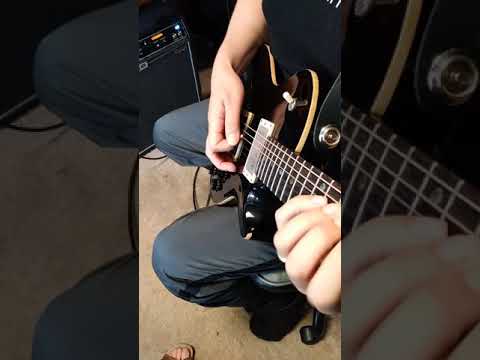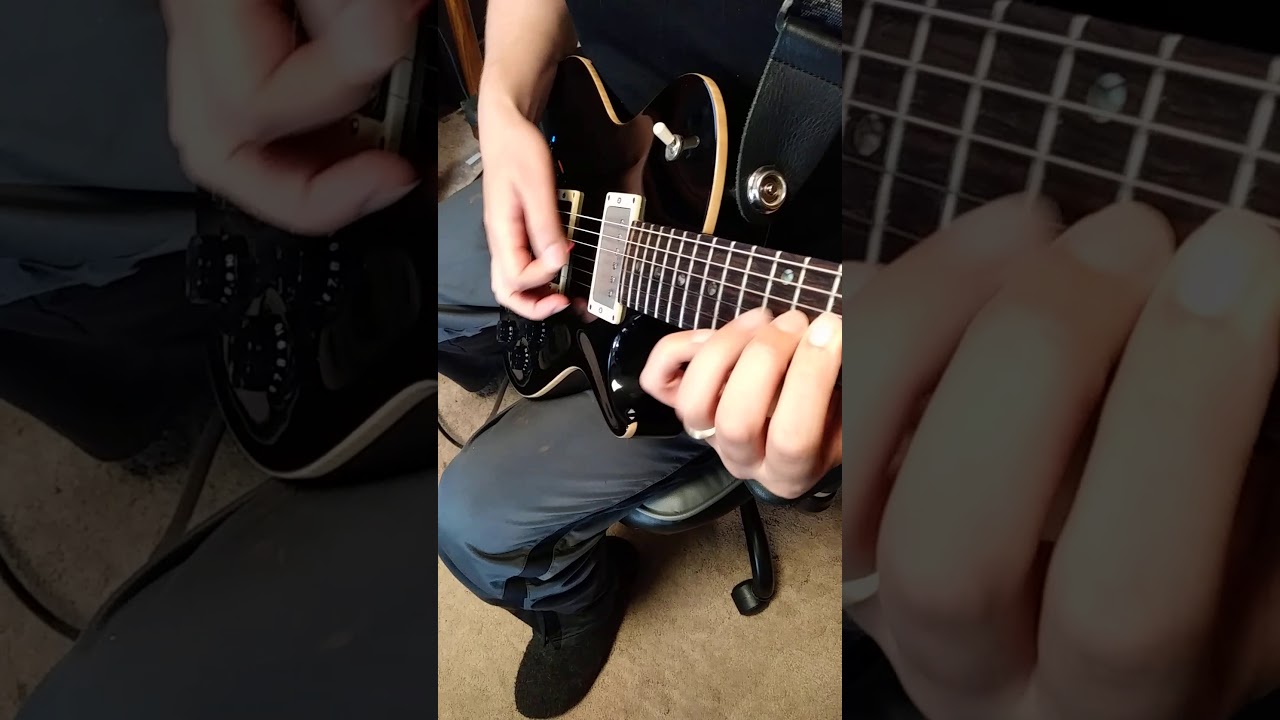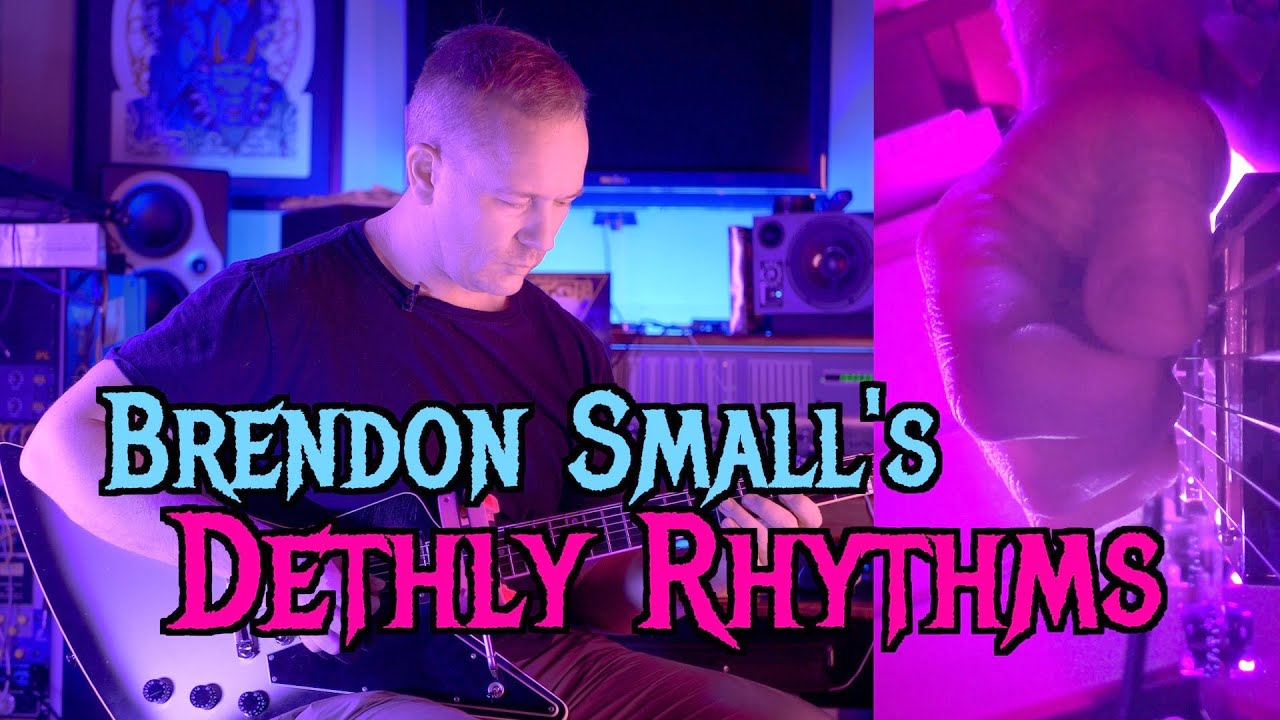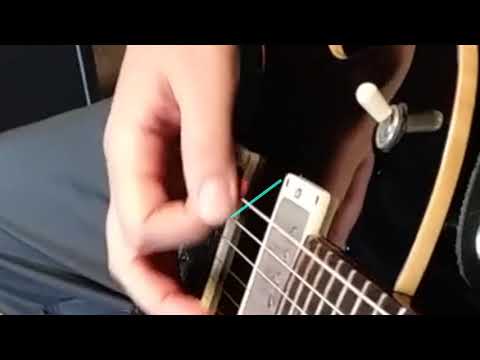Sorry, yes, I was suggesting that you just ignore the Petrucci exercise. It’s just a pattern. Rock Discipline is full of that kind of stuff, which he says he only does for warmups and exercises. To me that’s a waste of my time when I could be doing something that’s just as beneficial mechanically and also learning something I might be able to use musically.
That being said if you like the chromatic idea sound-wise, and would actually use that musically, far be it from me to tell you not to. However you’d be playing on an upstroke which again is probably less ideal. It wouldn’t be too hard to come up with some other chromatic pattern that starts on downstrokes, and has downstroke string changes. You could steal any DSX type picking pattern to create something like that. Edit: Didn’t see Tommo’s suggestion until just now - starting on the second note. Ha. Done and one.
Whether your forearm is pronated or supinated doesn’t actually affect the motion of the elbow joint, since the forearm is downstream from the elbow. The path the pick follows will still be the same no matter which way you rotate the forearm. That’s how you’re able to do DSX with your current form.
Instead, there are a few reasons to use the Brendon form. It’s a straight wrist and the whole arm just rests right on the body, so it’s easy to do and comfortable. This positions the edge picking and pickslant in a range that we know we need for DSX motion. It’s not a super crazy amount of edge picking, so you have some range of motion there if you want to add more or flatten it out for tone or attack reasons. By contrast, the supinated forearm with flexed wrist approach has a very high degree edge picking by default and you have no way of really changing that without undoing that form. This makes it harder to get sound on acoustic, for example, unless you use a really pointy pick. More moderate edge picking lets you use a wider variety of picks (pointy, rounded) and still get sound.
Finally, we have a really good reference (Brendon) for what it looks like, sounds like, and feels like when done correctly. He has done the hard part of trial and error for us, so we don’t have to guess if it works or not in a wide variety of musical scenarios. There may be some unforseen other benefit of doing Brendon’s form versus some other form, so I’m sort of allowing for that possiblity as well.
Just some general thoughts.





